U.S. Department of Transportation
Federal Highway Administration
1200 New Jersey Avenue, SE
Washington, DC 20590
202-366-4000
A formal traffic calming program or process is a common component of the transportation services in many jurisdictions. An agency looking to develop a new–or refine an existing–traffic calming program, can learn from a review of the practices in neighboring and comparable jurisdictions.
This module presents a sample approach that follows the principles behind a successful traffic calming program. A traffic calming program should be based on a structured process, from initial determination of a problem or issue through implementation of an individual measure or series of measures. A formal policy or process for the initiation of a traffic calming study is desirable so that requests are addressed consistently.
Although not explicitly a part of the programs and processes presented below, a public awareness campaign to explain and demonstrate the potential benefits of traffic calming can play a significant role in their overall success and effectiveness. A video that documents the results of a series of one-day traffic calming demonstrations can be accessed at the following hyperlink: https://www.youtube.com/watch?v=N9rT9GOAWjY
(Source: Trailnet, Missouri Chapter of American Planning Association, and the HEAL Partnership)
Figure 7.1 presents a comprehensive process used in Pennsylvania to address problems and issues that could be addressed with traffic calming measures. Other sample traffic calming process flow charts from Delaware, Vermont, and Austin, Texas are presented later in this module.
The process should not necessarily require an exhaustive series of traffic studies. The process should also strike a balance between strict adherence to the wishes of a single neighborhood and strict reliance on textbooks and technical literature.
Processes vary in their formal structure, but all effective traffic calming programs incorporate the following seven components around which this module is organized:
If the final traffic calming plan has the potential to require the acquisition of right-of-way or environmental permits, the processes and considerations presented in this module are likely not sufficient. The normal project development process for a major transportation improvement project is the best approach at the outset.
A video that provides an overview of a typical local planning process for the implementation of traffic calming measures can be accessed at the following hyperlink: https://www.youtube.com/watch?v=JGAZKrOmfk0 (Source: City of Monterey, California)
A video that presents an overview of a statewide traffic calming policy and program and illustrates the range of traffic calming measures available for consideration can be accessed at the following hyperlink: https://www.youtube.com/watch?v=OG 9eyDLORE (Source: Virginia Department of Transportation)
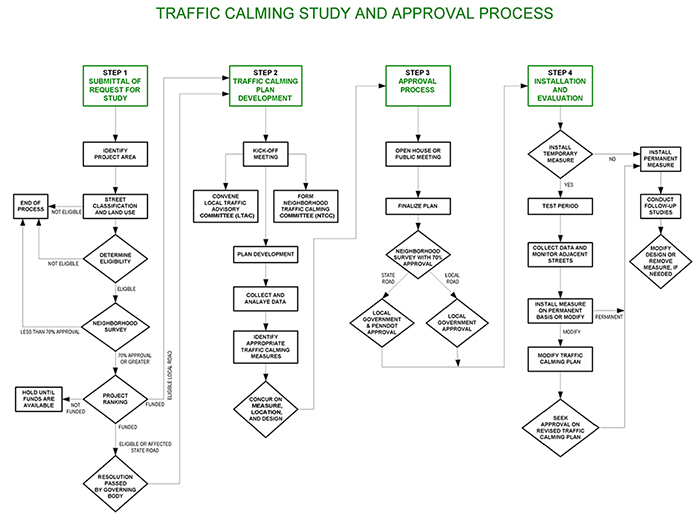
Figure 7.1. Pennsylvania Traffic Calming Study and Approval Process
Source: Pennsylvania Department of Transportation)
There is some level of public or citizen involvement at each step of the process. Near the outset of the problem identification step, the public involvement process needs to be defined and formalized.
The information garnered in a public participation process will include how the community perceives the problems or issues, how the community perceives the effects of potential solutions, and ultimately how the community perceives a recommended program of actions.
The public participation process provides an opportunity for professional staff to explain and demonstrate the traffic calming process, an evaluation of a problem or issue in measurable terms, the potential effects of traffic calming measures, and the likelihood of success for a program of actions.
Public participation can be in the form of ongoing meetings of an appointed group, informational workshops open to the general public, and information dissemination through the media, on-line, and handouts or posted flyers.
As is the case with a public involvement process for any transportation project, the size and membership composition of any committee needs to be carefully crafted. The larger the committee size, the more time may be required at a meeting to allow each member to express an opinion; however, a too-small committee may reflect a biased viewpoint within the neighborhood. A committee should also be of sufficient size such that even with the absence of a few members, a productive meeting can be held.
A successful program or process should include a mechanism by which both residents and professional staff can identify a problem or issue for which traffic calming may provide a solution. It should have the flexibility to be both reactive (i.e., able to respond to a citizen request to address a problem) and proactive, perhaps as a result of an ongoing monitoring effort by public agency staff.
A project request should be able to be initiated by the local government staff, an elected official, or a community association. For a request from an individual, some level of support should be demonstrated by a formal mechanism (such as a petition) that reflects a specified number of residents, property owners, or businesses.
As shown in Figure 7.2, the process flowchart of the Austin, Texas Guidelines and Procedures for Local Area Traffic Management identifies the steps that require action by the requester, shown in green in the flowchart, which can be helpful for requesters to understand when, where, and what is expected of them.
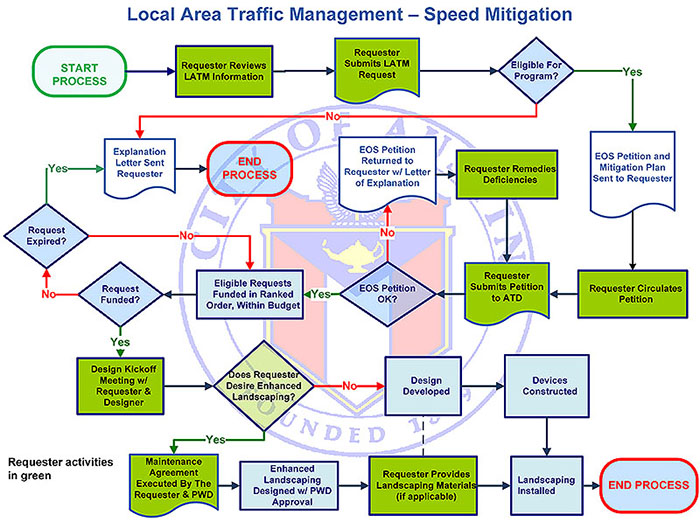
Figure 7.2. Neighborhood Traffic Calming Plan Development Process – Austin, Texas
(Source: City of Austin, Texas Transportation Department)
An initial assessment should be made of the extent of the problem that needs to be assessed. For example, the residents of one local street may complain about high vehicle speeds on their residential street, but a parallel residential street may have the same problem.
Therefore, the initial identification of a problem can focus on a single street or single intersection. Or the problem can be viewed as an area-wide issue, with the focus on multiple streets at the same time.
Professional staff should also determine whether traffic calming could be an appropriate avenue to take to resolve the problem or issue.
An initial determination should be made of the area that could be potentially affected by implementation of a traffic calming measure. This becomes the overall study area or
initial affected area. It is preferable for the affected area to not be too large because additional problems (especially non-traffic calming problems) may be brought into the discussion.
At the minimum, the affected area includes all streets for which traffic calming is proposed, all streets that are only accessible via these streets, and all streets that are likely to absorb significant levels of traffic diverted as part of traffic calming measures.
The affected area is typically larger for a volume control measure than for a speed control measure. The affected area can also be large for a speed control measure that is aggressive at reducing motorist speed.
The data to be compiled throughout the affected area include some or all of the following:
These data are used as "before" data to quantify the problem and to compare to "after" data to determine the effectiveness of the final traffic calming plan. The data can also be used as screening criteria. For example, a jurisdiction could have a minimum daily traffic volume (e.g., 1,000 vehicles per day; 100 vehicles during peak hour in one direction) before consideration is given to implementing traffic calming. As another example, Pennsylvania uses a minimum of 40 percent for cut-through traffic in a single direction during one hour and a minimum cut-through volume of 100 vehicles in one hour.
The first step in the development of an overall traffic calming plan is to identify all measures that are appropriate for the setting and the problem to be addressed. They should be evaluated individually and as part of complimentary sets of measures.
Traffic operations on the nearby arterial street network should be investigated to determine whether the problem or issue could be addressed with changes to arterial street operations. For example, an arterial street motorist may choose to cut through a neighborhood because of a restricted movement at an arterial intersection. By accommodating that travel desire on the arterial network, the need for neighborhood traffic calming is reduced, if not eliminated.
The development of a traffic calming plan to effectively address an identified problem or issue can be conducted with a varying amount of public involvement. Regardless of the level of public involvement, it is critical to the success of a plan that (1) it reflects the needs and nuances of street users from the perspective of residents and (2) area residents feel ownership in the plan.
Delaware has a simplified process for what it terms a "minor project" that requires only the construction of a standard speed hump or signing/marking improvements, illustrated in Figure 7.3. Identified problems that could require inclusion of other traffic calming measures follow the "regular project" process illustrated in Figure 7.4.
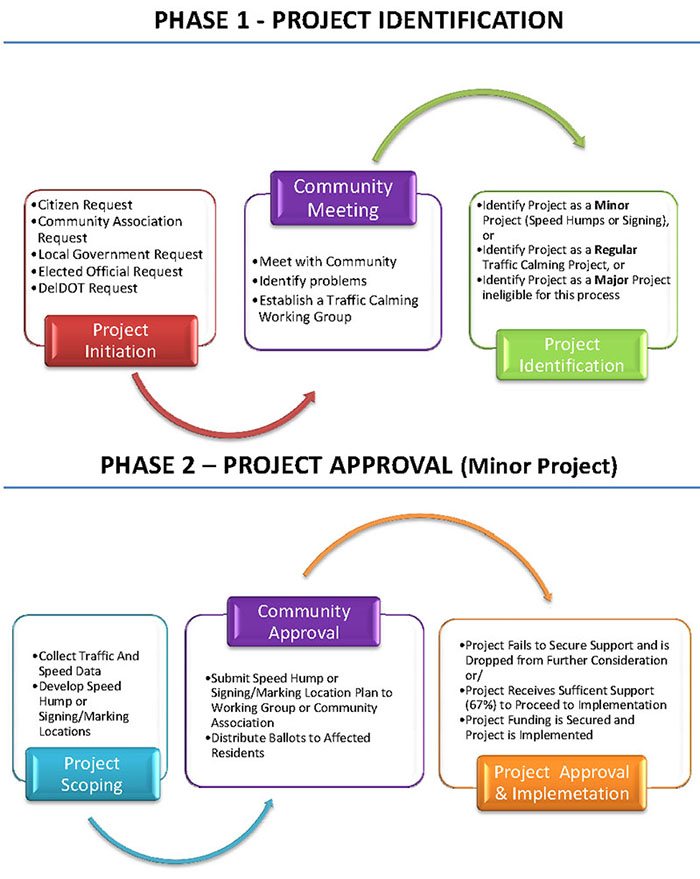
Figure 7.3. Delaware Traffic Calming Project Approval Process – Minor Project
(Source: Delaware Department of Transportation)
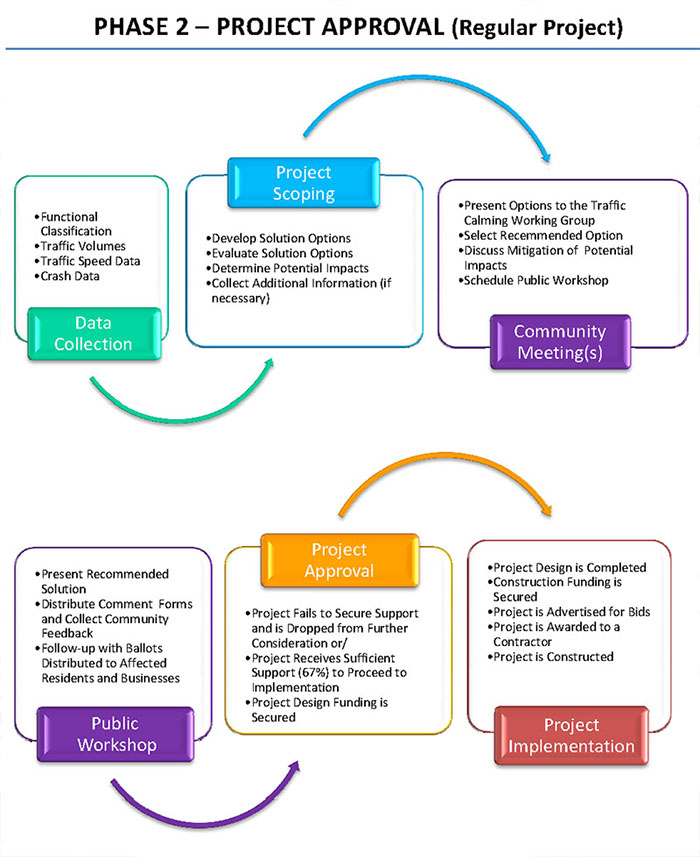
Figure 7.4. Delaware Traffic Calming Project Approval Process – Regular Project
(Source: Delaware Department of Transportation)
The plan approval process provides the affected neighborhood residents the opportunity to approve the details of the recommended traffic calming measures through neighborhood surveys or petitions.
Formal support and approval by residents (or businesses for a commercial area traffic calming plan) is often required – and is certainly desirable in order for the program of actions to be successful.
Examples in the United States exist where, before they are installed permanently, as many as 70 percent of property owners, tenant businesses, or residents must concur with the traffic calming plan. For the trial installation of a measure, minimum approval rates are typically lower (e.g., 30 percent); but for implementation of a measure that is to be funded with a special assessment, a rate as high 100 percent has been used. Based on a review of common approval thresholds in the U.S., the ITE Traffic Engineering Handbook recommends that approval require a minimum of 50 percent of all surveys be returned with at least two-thirds of residents in favor. The practice in Delaware is to suspend further consideration of a traffic calming project (or refine the plan and start the review and approval process again) if the overall response rate for the approval survey is less than 15 percent or if less than two-thirds of the respondents are in favor of the proposed action.
The threshold rate should be set as a reasonable target for a site-specific or neighborhood traffic calming plan. It should not serve as an administrative hurdle that arbitrarily limits the number of approved plans.
The concerns and viewpoints of providers of several municipal services need to be heard through either the formal public involvement process or by in-person meetings. These services can include the following:
Implementation actions can include securing funding, preparing the engineering design, completing environmental reviews, and constructing or installing the traffic calming measures.
The final engineering design should cover the following:
Responsibility for maintenance of traffic calming needs to be established. Responsibility for landscape areas within traffic calming feature also needs to be assigned.
Instead of a permanent installation, a trial installation provides an opportunity to modify the configuration or location without incurring significant cost.
A trial installation may also be warranted under certain circumstances:
The trial period should last at least three to six months. For a measure that has the potential to significantly alter traffic patterns (like a half closure), a longer time period could be appropriate – perhaps a six-to-twelve month period.
A temporary measure should resemble a permanent measure as much as possible The temporary measure should be complemented with the appropriate pavement markings, signs, and lighting that would accompany a permanent installation.
An evaluation should be conducted to determine whether the traffic calming implementation was a success in addressing the problem or issue that prompted the development and implementation of a traffic calming plan.
Speed and volume are likely to be the primary metrics used to assess the effects of the measure. But, other appropriate measures, in particular any collected as part of the "before" documentation, could be worthwhile.
The data will help the community learn from the project and acquire local data on the effects of the measure.
The evaluation could also lead to refinement of the plan – including the removal, relocation, or redesign of a measure.
Some traffic calming programs require post-implementation evaluations. The Vermont process (shown in Figure 7.5) formally establishes a required evaluation of a traffic calming plan effectiveness (Steps 14 and 16).
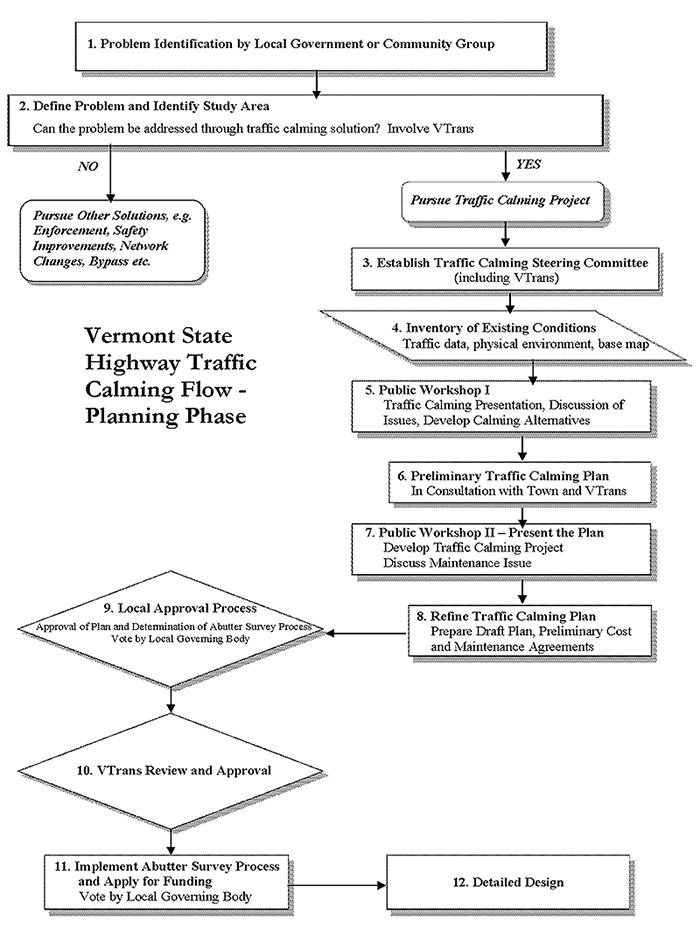
Figure 7.5. Vermont Traffic Calming Study and Approval Process
(Source: Vermont Agency of Transportation)
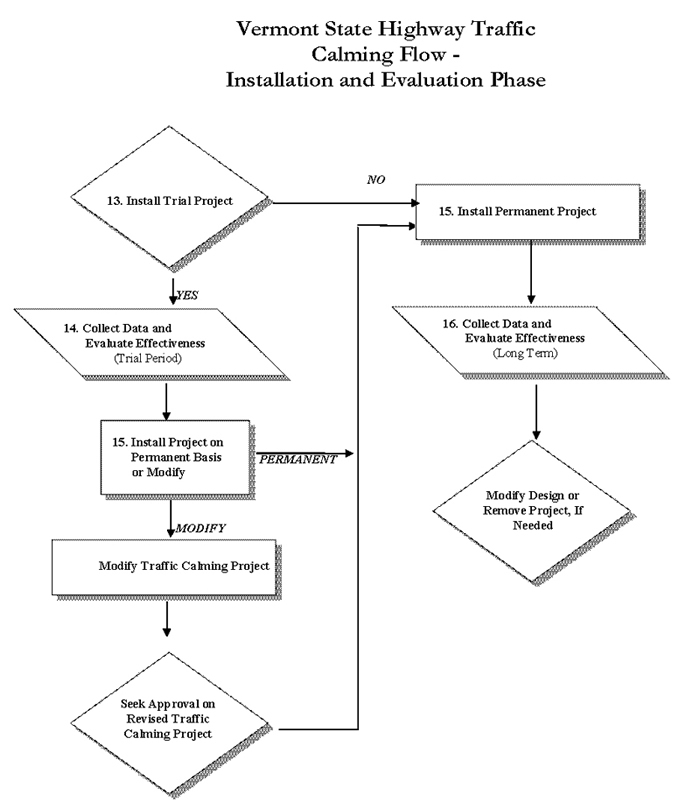
Figure 7.5. Vermont Traffic Calming Study and Approval Process (continued)
(Source: Vermont Agency of Transportation)
